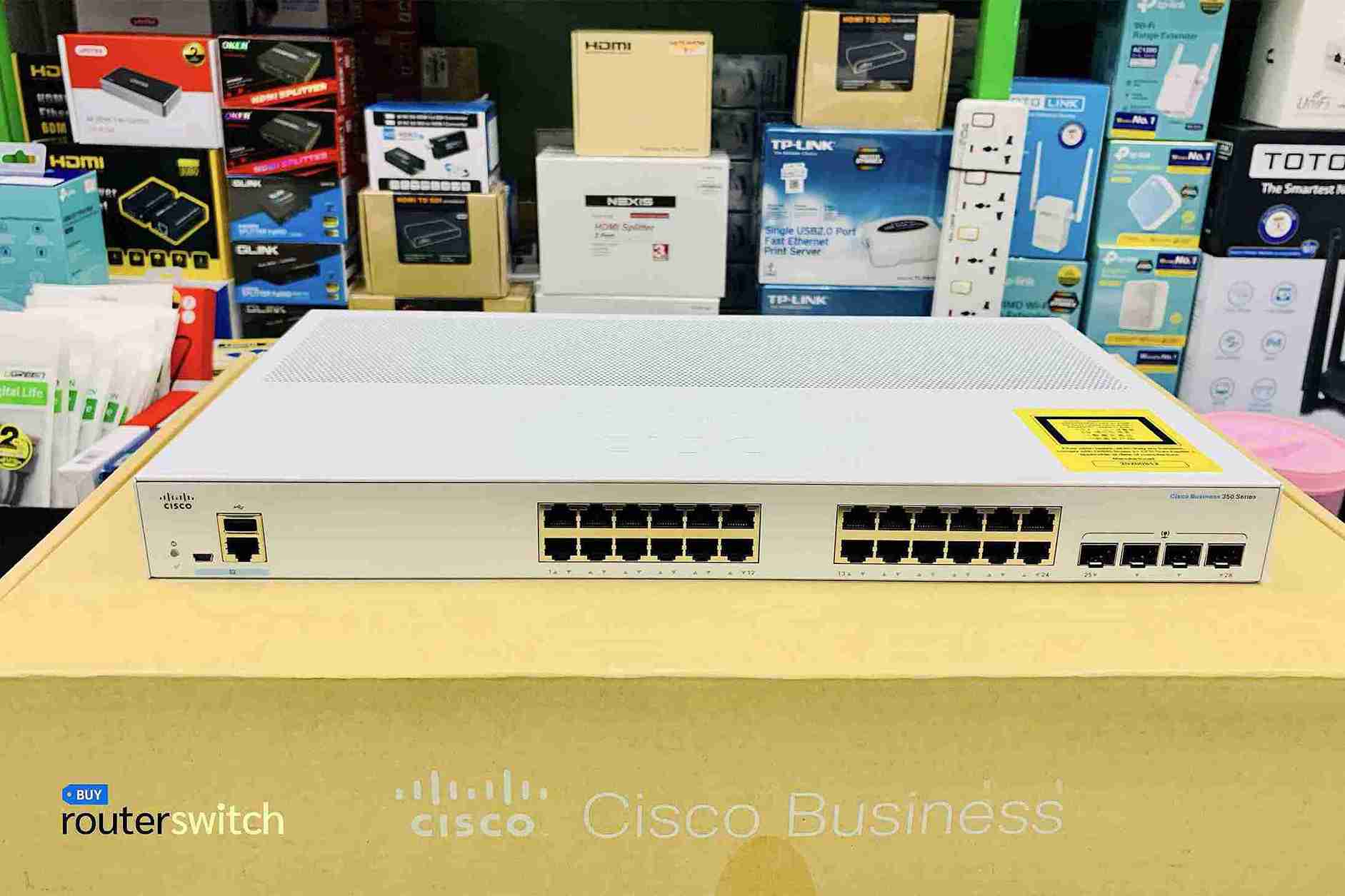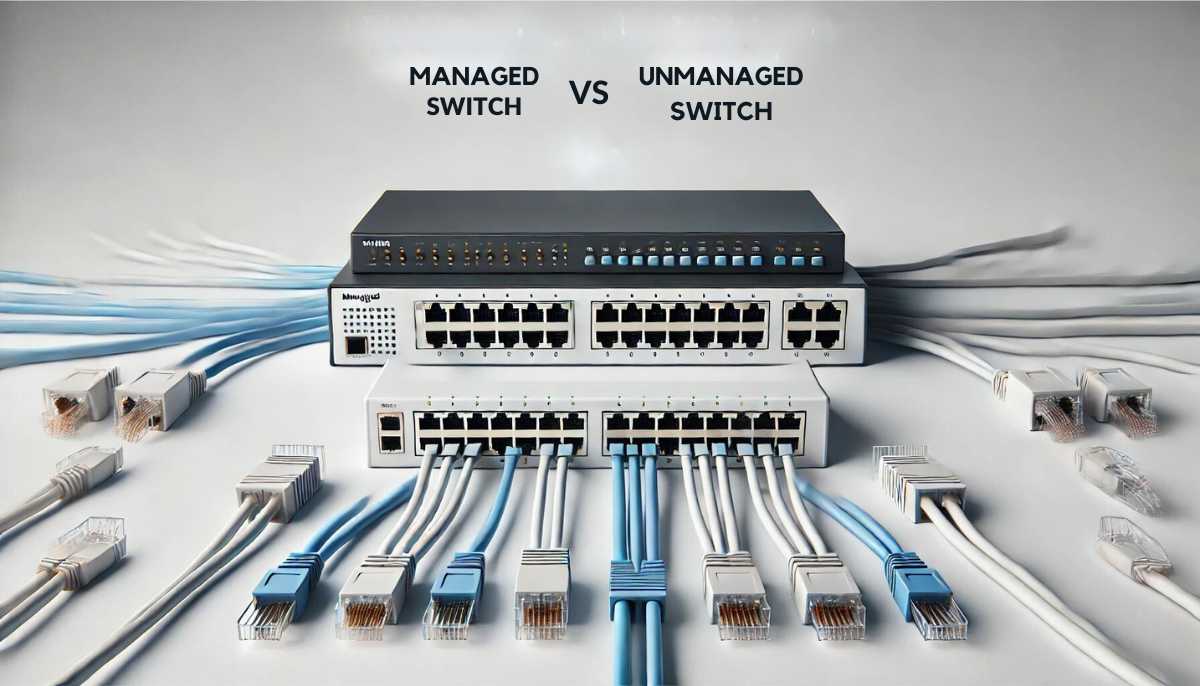RIP Protocol: Basics, Features, Pros and Cons, Why Use It
Table of content
Introduction:
Routing Information Protocol (RIP), is one of the oldest and most common interior gateway protocols (IGPs) used in computer networking, and that is what this blog is about, learning the significance of the Routing Information Protocol. It was developed originally under Xerox Network Systems (XNS), and RIP has since become a vital component of the TCP/IP networks. RIP is a protocol that lets routers talk to other routers and exchange routing information dynamically and spontaneously so that packets of data can be routed in an efficient manner across networks. You will learn the rip protocol inside and out including its strengths and weaknesses and how it stacks up to other protocols and why rip.
What is Rip protocol?
RIP (Routing Information Protocol) is a distance/vector routing protocol that is generally used in Local Area Networks (LAN) and Wide Area Networks (WAN). This will periodically send routing table updates to the adjacent routers. It chooses the path with the least number of hops, but limits itself to a maximum of 15 hops. Thus, RIP is practical for small networks. It is known for its simplicity and straightforward nature. But then again so is RIP for that matter, slow convergence, not very scalable. However RIP’s simplicity allows it to be a base routing protocol in networking.
Key Features of RIP Protocol:
Here’s a simple table summarizing the key features of the RIP protocol in an easy-to-understand way:
| Key Features | Description |
| Distance Vector Routing Protocol | RIP uses this to find the best path to a destination, ensuring the shortest route. |
| Maximum Hop Count Limit | Limits the hop count to 15 to prevent loops; 16 means the network is unreachable. |
| Periodic Updates | Sends updates every 30 seconds so all routers have the latest routing information. |
| Broadcast Updates | Broadcasts routing information to all neighboring routers to keep network data consistent. |
| Full Routing Table Broadcasts | Transmits the entire routing table with each update, giving a full view of the network’s topology. |
Advantages of RIP Protocol:
- RIP is easier to set up than other routing protocols, and its ease of use makes it very appealing to smaller networks or those just learning how to configure a network.
- RIP is simpler and, therefore, much easier to learn and use. It functions using a simple distance-vector algorithm, not as complicated as OSPF or EIGRP.
- RIP is one of the oldest routing protocols, so it is supported by practically every router manufacturer. This makes it very versatile, as it can be used in a variety of environments with multiple types of hardware.
- Rip has split horizon route poisoning mechanisms and hold-down timers to prevent routing loops, which could cause serious network problems.
Disadvantages of RIP Protocol:
- RIP does not support large networks. If you have a more extensive network with more separate topologies, RIP may not be the best option. RIP only supports up to 15 hops, so if you have a more extensive network, you might run into issues with hop count limitations.
- Although RIP has a relatively fast convergence time, it can more slowly converge than other routing protocols.
- RIP is sometimes responsible for routing loops, creating network congestion and thereby reducing the relative performance of the entire network.
- It does not provide any native security features, making it vulnerable to attacks such as spoofing and tampering.
- It uses a lot of bandwidth for periodic updates, which can be inefficient in networks with limited bandwidth.
RIP vs Other Protocols:

A simple comparison between RIP and other routing protocols shows that RIP is easy to use and can really only be applied in smaller networks. In contrast, more complicated protocols such as OSPF, EIGRP, and BGP have many more features and are scalable.
RIP vs OSPF:
RIP and OSPF differ significantly in complexity, scalability, and use case, making them suitable for different types of networks.
| Feature | RIP | OSPF |
| Complexity | Simple, easy to configure | More complex, requires detailed setup |
| Scalability | Limited to 15 hops | Handles large networks efficiently |
| Convergence | Slower | Faster |
| Algorithm | Distance-vector | Link-state |
| Use Case | Small to medium-sized networks | Large, complex networks |
RIP vs EIGRP:
Comparing RIP and EIGRP highlights differences in efficiency, proprietary status, and advanced features.
| Feature | RIP | EIGRP |
| Standard | Open standard | Cisco proprietary |
| Bandwidth Efficiency | Less efficient, periodic updates | More efficient, faster convergence |
| Advanced Features | Basic distance-vector algorithm | Advanced features like unequal-cost load balancing |
| Convergence Speed | Slower | Faster |
| Use Case | Broad compatibility with all routers | Primarily in Cisco environments |
RIP vs BGP:
RIP and BGP serve different purposes, with RIP suited for smaller networks and BGP essential for managing large-scale, complex networks.
| Feature | RIP | BGP |
| Type | Interior Gateway Protocol (IGP) | Exterior Gateway Protocol (EGP) |
| Use Case | Small to medium-sized networks | Large-scale networks, like the internet |
| Scalability | Limited to 15 hops | Highly scalable, capable of managing vast networks |
| Routing Information | Uses hop count as metric | Uses path vector mechanism |
| Loop Prevention | Techniques like split horizon, route poisoning | Advanced mechanisms to prevent routing loops |
| Updates | Periodic updates every 30 seconds | Event-driven updates, more efficient |
| Convergence Speed | Slower to converge | Faster convergence, adapts quickly to changes |
| Configuration | Simple, easy to set up | More complex, requires detailed configuration |
| Compatibility | Supported by most routers | Commonly used in inter-networking between autonomous systems |
| Stability | Suitable for stable, smaller networks | Strong and reliable for large, dynamic networks |
You may like to read: Modem vs Router: Comprehensive Guide to Differences and Uses
Why Use RIP?
The simplicity of RIP and its effectiveness have led to its continued use. It is quick to set up, making it suitable for small to medium networks. It is widely accepted on most routers and straightforward to configure, which makes it ideal for learning about routing. RIP prevents routing loops using split horizon and route poisoning, so it is hesitant to converge, making it stable. Lastly, RIP implements periodic updates to ensure all routers have current routing information.
Conclusion:
RIP, the Routing Information Protocol, is one of the most essential protocols in networking technologies because of its reliability and simplicity. RIP protocol is considered a distance-vector routing protocol and remains a convenient tool for small and medium network uses due to its easy configuration and widespread compatibility. RIP has its limits due to its smaller scalability and slowness in updates compared to newer protocols. However, RIP remains useful to many network and server administrators because of its ease of use and the known existence of routing loops. Despite these limitations, RIP is a perfect protocol for those new to networking or system administration, as it provides a good balance between simplicity, the prevention of routing loops, and functionality.
Frequently Asked Questions:
What is a RIP Protocol?
RIP protocol is a distance-vector routing protocol that uses hop count as a routing metric and periodically updates routing information.
How does RIP work?
RIP protocol routers exchange full routing tables regularly, broadcast updates to neighbors, and use hop count to determine the best path.
What is the split horizon in RIP?
Split horizon is a RIP protocol technique that prevents loops by not allowing a router to send routing information back out the direction it came from. This is useful in not rippling routing information around and around.




 Catalog
Catalog





















































































































 (800) 870-9487
(800) 870-9487